- About MAA
- Membership
- MAA Publications
- Periodicals
- Blogs
- MAA Book Series
- MAA Press (an imprint of the AMS)
- MAA Notes
- MAA Reviews
- Mathematical Communication
- Information for Libraries
- Author Resources
- Advertise with MAA
- Meetings
- Competitions
- Programs
- Communities
- MAA Sections
- SIGMAA
- MAA Connect
- Students
- MAA Awards
- Awards Booklets
- Writing Awards
- Teaching Awards
- Service Awards
- Research Awards
- Lecture Awards
- Putnam Competition Individual and Team Winners
- D. E. Shaw Group AMC 8 Awards & Certificates
- Maryam Mirzakhani AMC 10 A Awards & Certificates
- Two Sigma AMC 10 B Awards & Certificates
- Jane Street AMC 12 A Awards & Certificates
- Akamai AMC 12 B Awards & Certificates
- High School Teachers
- News
You are here
Building a Book: HathiTrust, Ancestry.com, Serendipity, and Lifetime Interests – E. T. Bell (1883–1960)
Finding myself writing a book consisting of a collection of short biographies related to mathematics, I felt compelled to come to terms with the champion text of this type: Men of Mathematics, published by Eric Temple Bell (1883–1960) in 1937 [Bell 1937]. My connection with Bell went way back, into my teenage years in the 1960s. A copy of Men of Mathematics had been on the bookshelf of my childhood home for as long as I could remember. My mathematician father, now deceased, may have purchased it before I was born. Browsing through the book as a young teenager, I was mesmerized. Bell’s book made me want to be a mathematician. I later learned that the book had the same effect on many others.
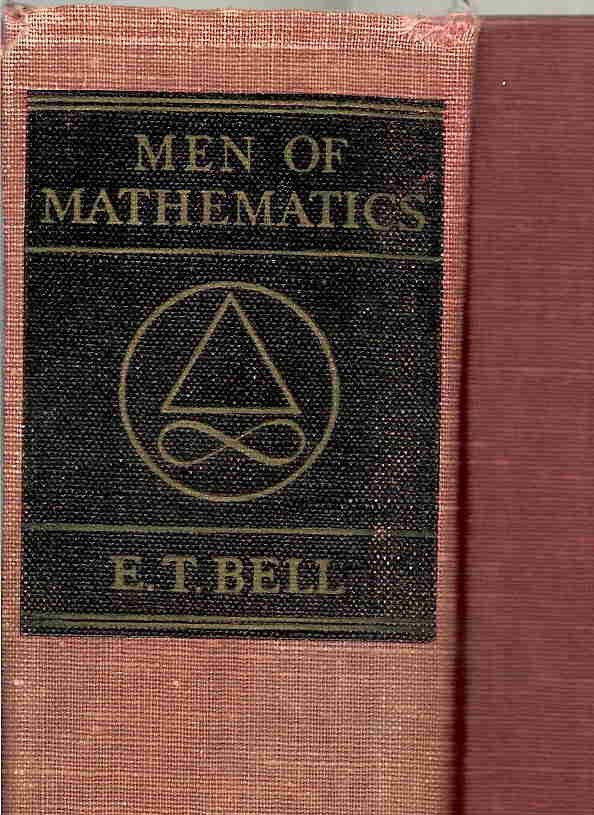
Figure 5. Part of the spine of Men of Mathematics, owned by David Lindsay Roberts.
Photo by David Lindsay Roberts.
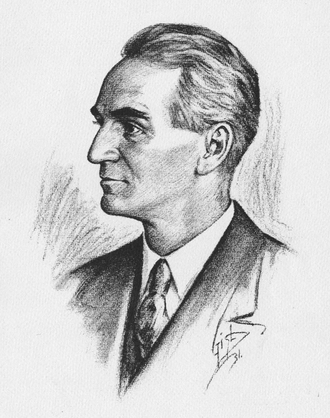
Figure 6. 1931 sketch of California Institute of Technology Professor Eric Temple Bell. Public domain.
In the summer of 1966, visiting the house of my great grandmother in New Bedford, Massachusetts, I came across another book by Bell, his The Queen of the Sciences [Bell 1931]. My great-grandfather (who had died in 1965), had purchased this book during a visit to the Chicago World’s Fair of 1933. Bell’s book had been published in conjunction with that fair, whose slogan was “A Century of Progress.” I gobbled up this slim volume with great pleasure.
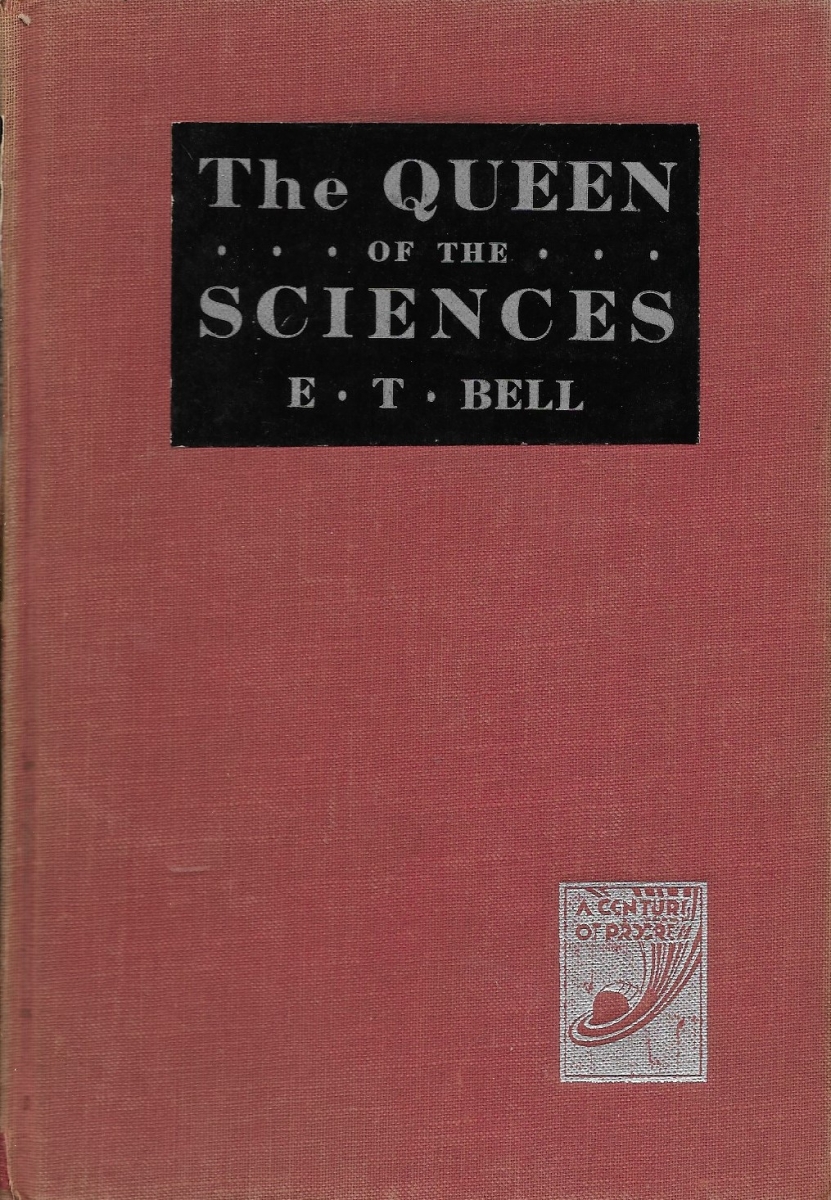
Figure 7. Copy of The Queen of the Sciences,
owned by David Lindsay Roberts. Photo by David Lindsay Roberts.
Another book I found in my great grandmother’s house was Einstein’s Theories of Relativity and Gravitation [Bird 1921]. After the 1919 solar eclipse observations had verified Einstein’s general theory of relativity, Scientific American magazine sponsored a contest in which competitors were asked to explain this theory to the general public in 3,000 words or less. Three hundred submissions were received, including one from Bell, then a professor of mathematics at the University of Washington. He did not win the $5,000 prize, but his essay was among thirteen printed in their entirety in the resulting book.
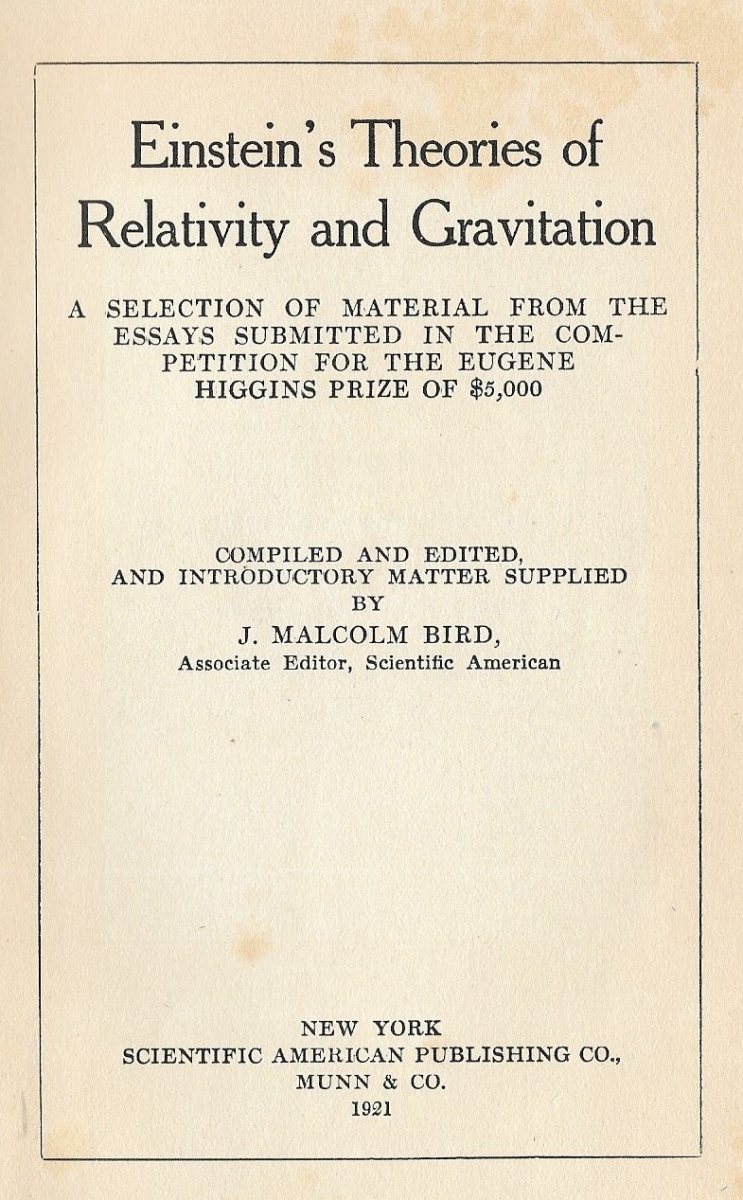
Figure 8. Title page of Einstein’s Theories of Relativity and Gravitation,
owned by David Lindsay Roberts. Photo by David Lindsay Roberts.
I note, with some familial pride, that the reason this book was in my great-grandfather’s collection was that his son, my maternal grandfather, R. Bruce Lindsay, was another of the 300 competitors. My grandfather’s essay was not published in full, but several of his paragraphs were excerpted. At the time, he was only 20 years old, in his first year as a graduate student in physics at MIT.
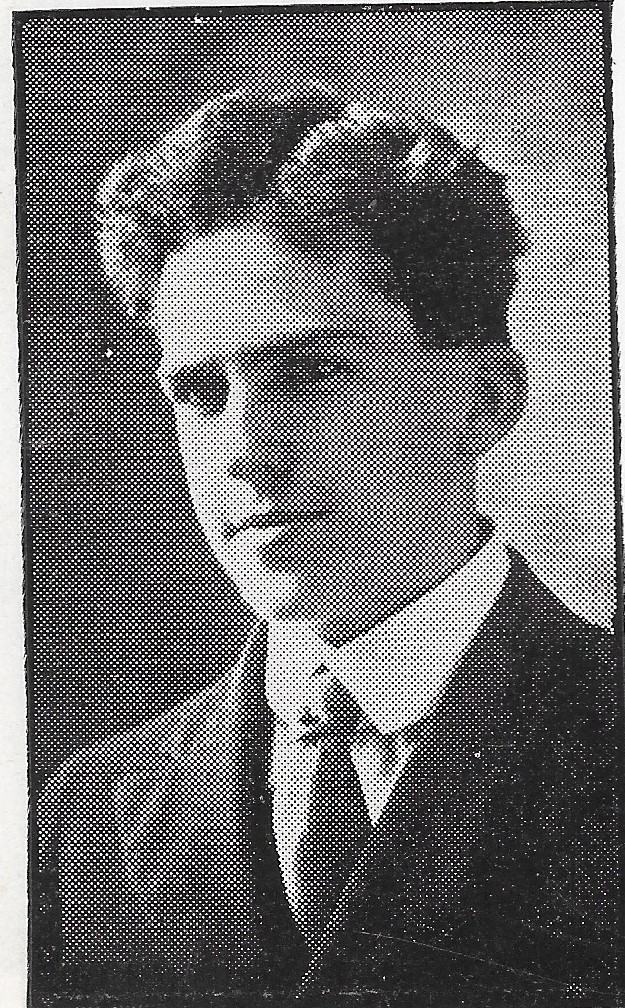
Figure 9. Photo of R. Bruce Lindsay, 1916. In possession of David Lindsay Roberts.
When I became a historian, I learned about Bell’s deficiencies, his myth-making, his outright falsehoods. But I still found him fascinating, and I continued to derive pleasure from his vigorous prose. Moreover, my fascination with Bell contributed to a more general interest in the popularization of mathematics in the 20th century. I had begun giving talks on this subject as early as 2012, with Bell always mentioned. At the Joint AMS-MAA Meeting in Baltimore in January 2014 (the same meeting during which Vince Burke pitched his book idea), I gave another such talk. I was flattered to see Steve Strogatz, a distinguished mathematician and popularizer of our own era, sitting in the front row. After the talk he came up to mention a fact about Bell that I had managed not to notice: his anti-Semitism. Steve subsequently showed me one of the bigoted passages from Men of Mathematics and furthermore showed how the passage had eventually been cleaned up in a later edition of the book (see Figure 10).
Following this lead, I acquired several different editions of Men of Mathematics, providing convincing evidence that the offensive passages had not been expunged until after Bell’s death in 1960. A few decades ago, such an assemblage of books might have taken months of intensive browsing in used bookstores, or the hiring of costly book searching professionals. But with the World Wide Web it was easy and inexpensive to buy copies of Bell’s book, with varying publication dates, on a site such as AbeBooks.
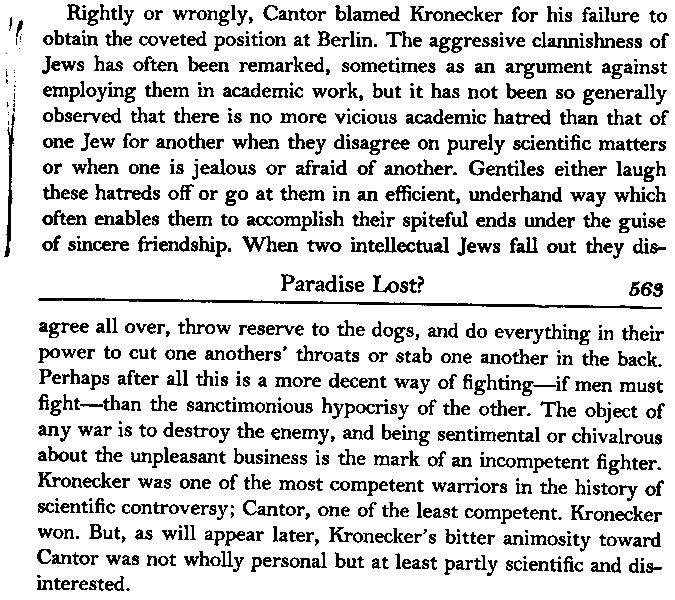
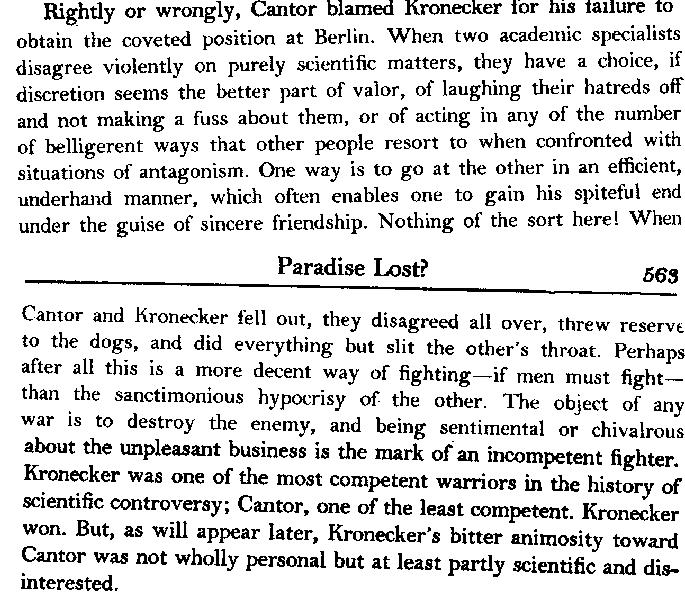
Figure 10. Parallel excerpts from different editions of E. T. Bell’s Men of Mathematics. The one on the top is consistent with all editions published from 1937 to 1961. The excerpt on the bottom reflects the changes made after Bell’s death. Images supplied to David Lindsay Roberts by Steven Strogatz.
With such a long and rich acquaintance with Bell, it was clear to me that I must come to terms with him by writing a biographical vignette. And I did, with all of the documents cited above feeding into it. As with the Hill vignette, I again sought to begin the chapter with something more dramatic than a close textual analysis of a book. I vaguely recalled having read something appropriate, something about Bell’s experience living through the San Francisco earthquake of 1906. But where had I read this? Thanks to the internet, a search on “Bell, San Francisco earthquake” led me quickly to rediscover the article in question, from the Notices of the American Mathematical Society [Goodstein and Babbett, 2013]. In the old days, pre-internet, the effort to find this would have been considerably more strenuous.
David Lindsay Roberts (Prince George’s Community College), "Building a Book: HathiTrust, Ancestry.com, Serendipity, and Lifetime Interests – E. T. Bell (1883–1960)," Convergence (January 2022)




